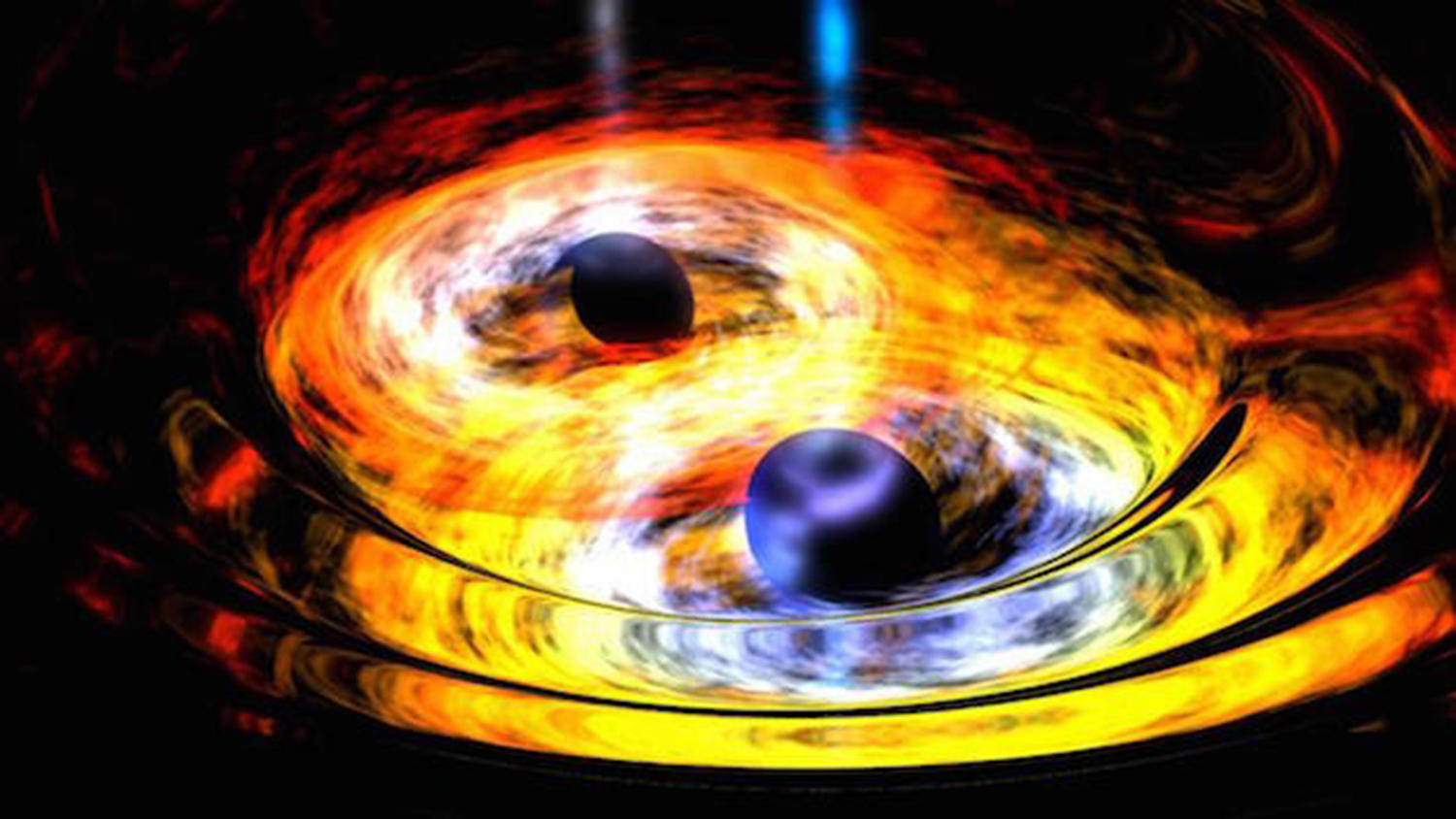Two supermassive black holes in the constellation Virgo are likely to smash together in about one hundred thousand years, releasing as much energy as one hundred million supernova explosions and annihilating their galaxy, Columbia scientists reported in a recent issue of Nature.
The black holes, which are 3.5 billion light years away from Earth, were discovered last winter by astronomers at the California Institute of Technology. Based on the flickering patterns of light emanating from gas and dust clouds whirling around the black holes’ outer perimeters, the Caltech scientists had concluded that the black holes were less than one light year apart from one another. This summer, a team of Columbia astronomers led by Zoltán Haiman examined the light patterns in more detail and determined that the black holes are separated by a mere light week — one fifty-second of a light year. This is significant because the closest previously confirmed black-hole pair is separated by twenty light years.
“This is the closest we’ve come to observing two black holes on their way to a collision,” says Haiman.
Astronomers hope that by watching the black holes spiral toward each other they will gain new insights into the fundamental laws of nature. For instance, they suspect that the black holes may already be so affected by each other’s presence that they are sending gravitational waves pulsing through the fabric of space-time. If scientists are able to detect these pulses, it will provide the first evidence that Einstein was correct when, in 1916, he theorized that gravity is a force mediated by waves.
“This lets us test Einstein’s theory and probe the secrets of gravity in one of the most extreme environments in our universe,” says Daniel D’Orazio ’13GSAS, a graduate student of Haiman’s who is the study’s lead author. “Understanding gravity is the holy grail of our field.”



